The Way of St. James from Dürrenroth to Burgdorf is about 20 km long. The pure hiking time is about 4 - 5 h and leads over the viewpoint Lueg.
On April 13, a small group of Berg&Ski (8 people) hiked this route. After a long journey we first stopped at one of the beautiful Dürrenroth inns.
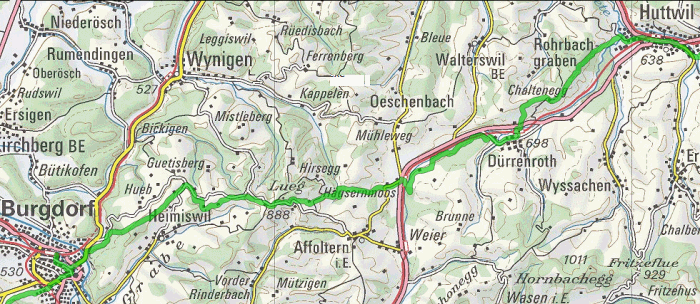
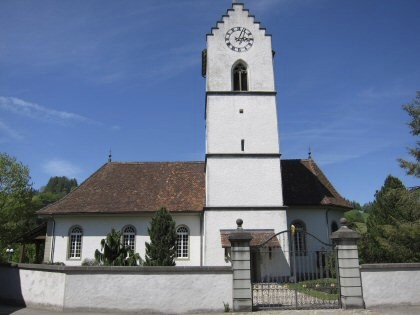
At the village square of Dürrenroth with its two magnificently renovated inns, the St. Maria church is located in a park-like setting.
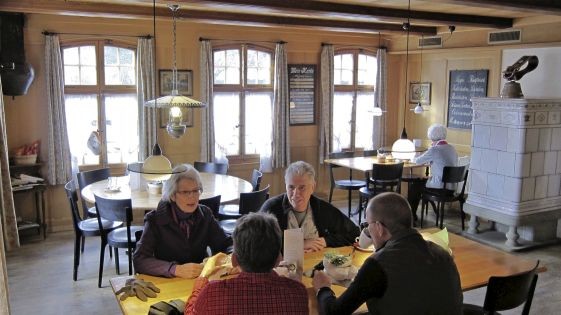
Here we are at breakfast at the Gasthof zum Bären.
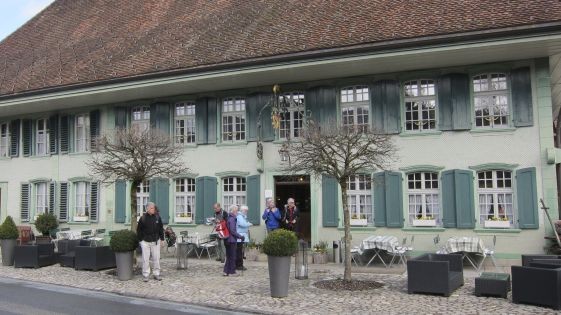
When we start the hike, it is still a bit fresh (8 degrees).
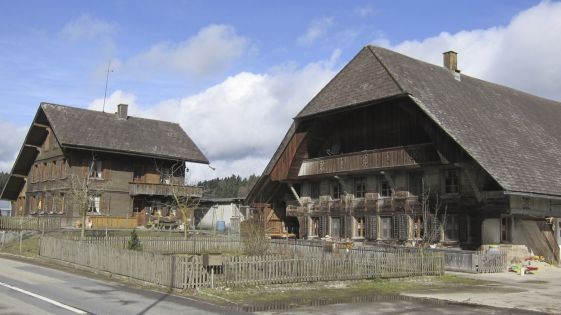
First we hike along the road that leads us in a westerly direction to the hamlet of Gärbihof. After some beautiful old houses, the path branches off to the left into the Rotwald forest.
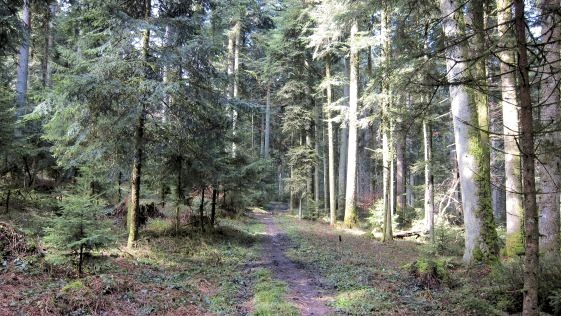
In the Rotwald forest. As beautiful as it looks, sometimes it was a bit slushy, boggy and bottomless.

The climb to the Lueg viewpoint begins in Herbrig. The name Herbrig comes from Herberge. The steadily ascending path leads on roads and footpaths, over pastureland, through small forests and also through a wooded stream ditch up to the mountain meadows below the Lueg forest.
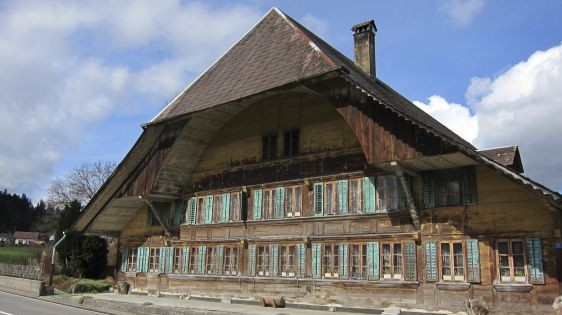
IIn Herbrig we pass a beautiful but also renovation-needy farmhouse.
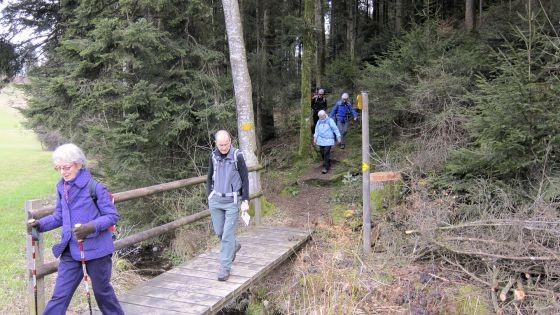
We go over a small bridge.
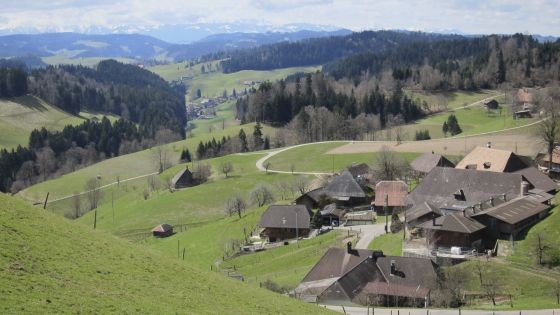
The path climbs steadily uphill. After the Junkholz homestead, the view of the Alps opens up. Directly in front of us is the hamlet of Heiligeland.
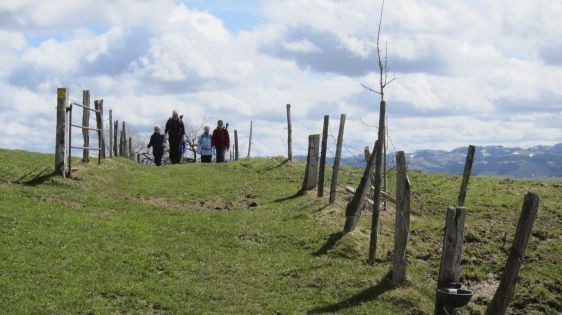
The path continues uphill over mountain meadows.
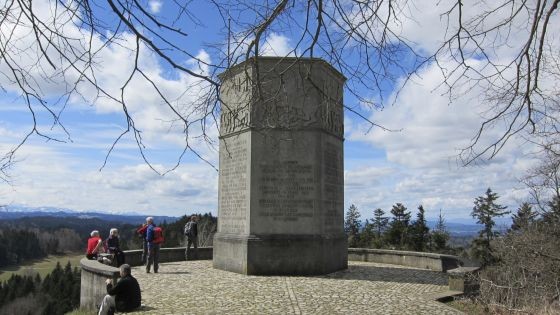
The last meters a steep road leads to the viewpoint Lueg (887 m). Next to the military monument we find a resting place with a fireplace.
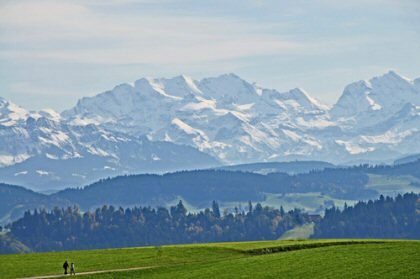

The panorama is overwhelming, from the Jura chain to the Emmental mountain ranges and from the Bernese Alps to the Gantrisch chain and the Fribourg Alps.

Things are going downhill again ...
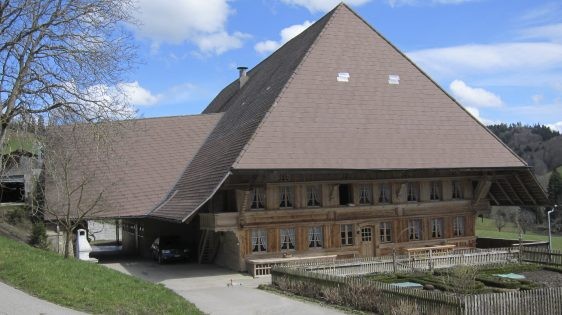
... past neat farms.
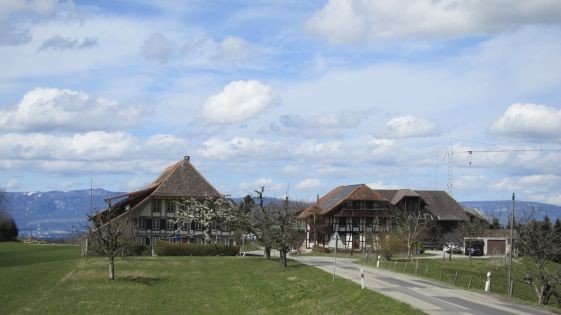
Wir erreichen den Weiler Kaltacker.
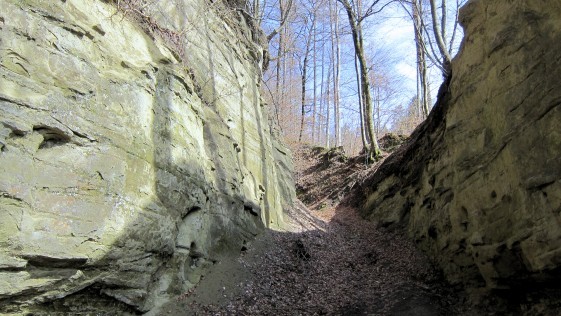
A little later we cross a mystical-looking, gorge-like hollow way, called the "Leuenhöhle". On the high sandstone walls there are traces of engraved names and signs.
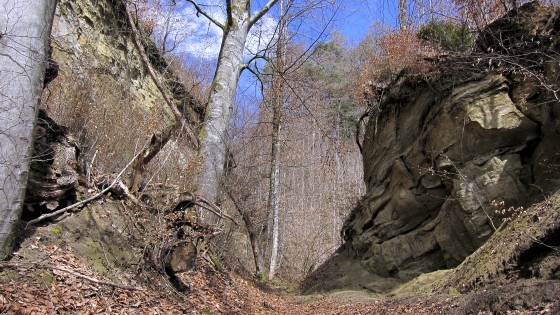
No leu (lion) in the leu (lion) cave.
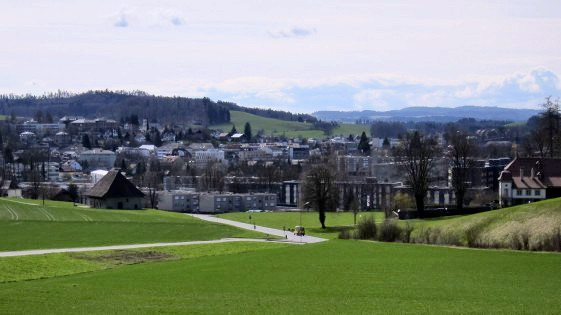
The stage destination of Burgdorf lies ahead of us.
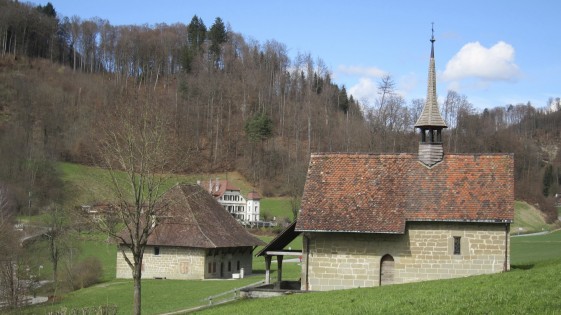
We walk along the edge of the forest to the former infirmary with the Bartholomew Chapel (closed), both from the second half of the 15th century.
We can already see the houses and towers of Burgdorf. On the road we reach the Emme at the foot of the Gisnauflüe.
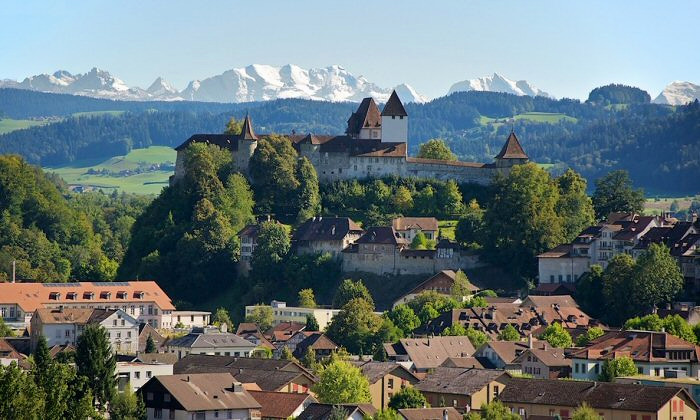
The Zähringer fortress from the 11th century houses the court and the remand prison (until spring 2012) as well as several museums (Helvetic Gold Museum, Ethnological Museum, Castle Museum).

The roofed, wooden Wynigen Bridge leads over the Emme.
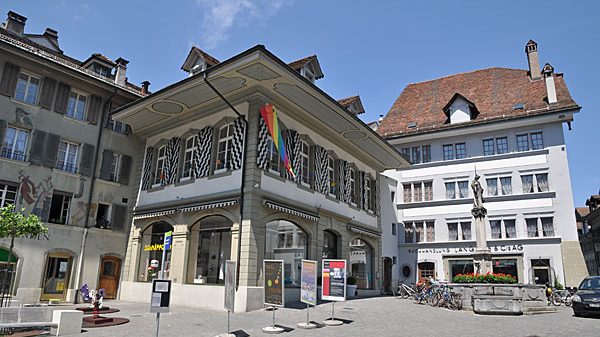
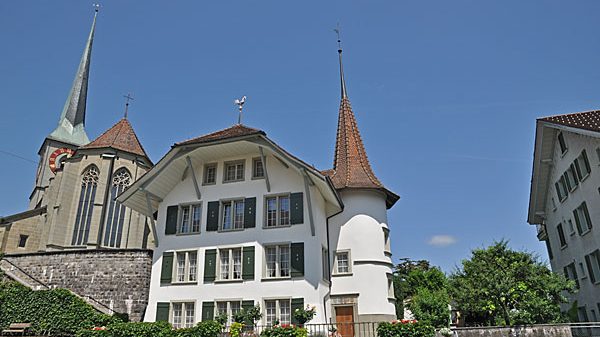
The Reformed town church of Burgdorf rises on a hill. The late Gothic pillar basilica was built in the 15th century.
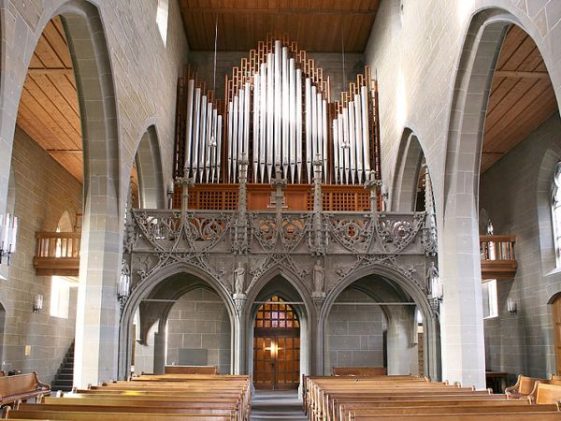
The late Gothic rood screen, completed in 1512 by Heinrich Kummer, is considered the most precious rood screen in Switzerland. It was moved to the back of the nave in 1867 as an organ loft and turned 180 degrees in the process.
In the garden of the Schützenhaus soon after the Wynigenbrücke we enjoyed the stage beer in the warm spring sunshine.